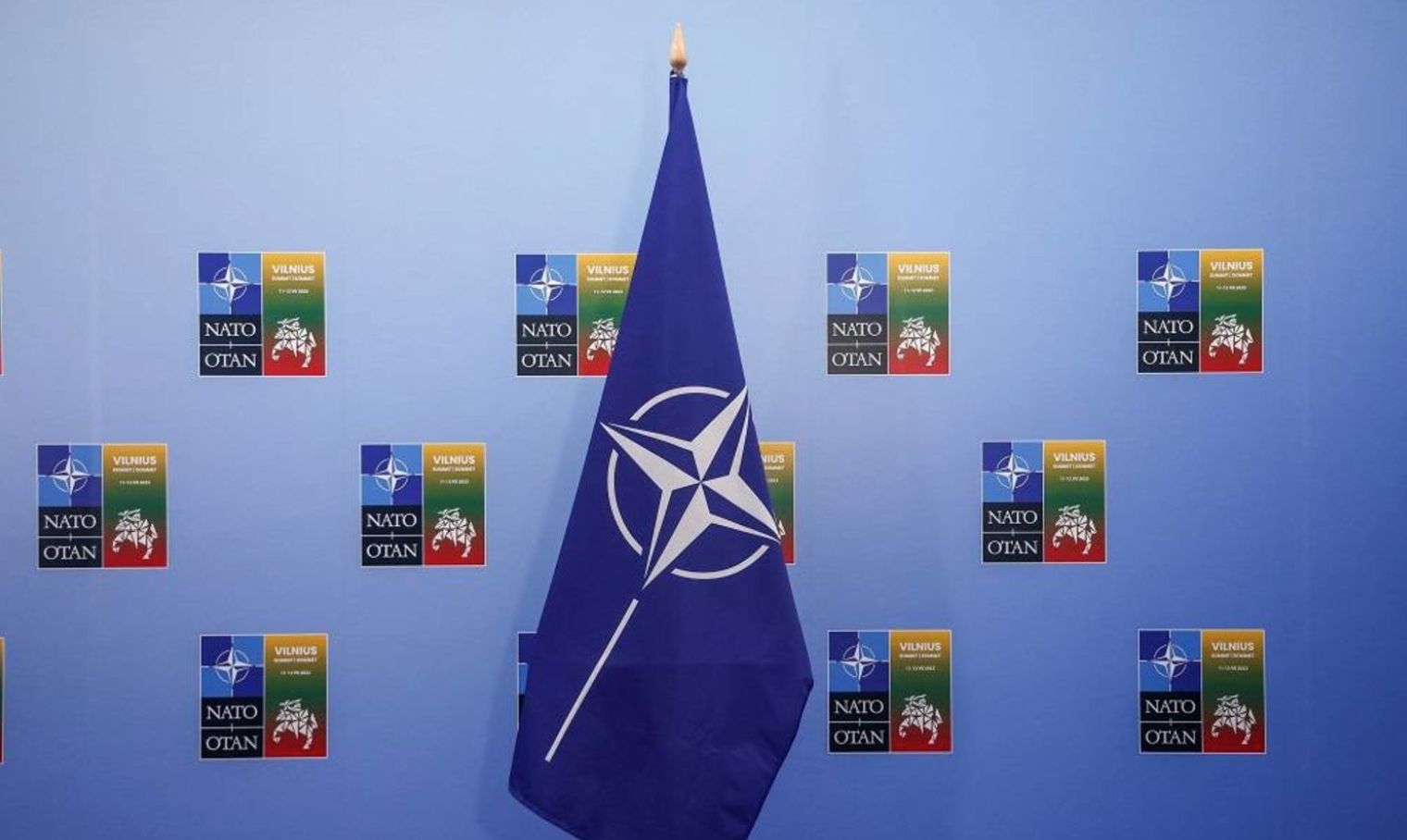The Essence of NATO’s Defense Expenditure
The North Atlantic Treaty Organization (NATO), an emblem of collective defense and strategic alliance, stands at the forefront of global security. Established in the aftermath of World War II, its primary aim has been to safeguard the freedom and security of its members through political and military means. A pivotal aspect of NATO’s strength lies in its defense spending, a topic that has sparked considerable debate and discussion, especially in recent times, much like the strategic planning required to excel in rocket crash game earn money.
The 2% GDP Benchmark: More Than Just a Number
In 2014, in response to the evolving global security landscape and emerging threats, NATO members made a landmark decision. They agreed to halt post-Cold War spending cuts and move towards allocating at least 2% of their Gross Domestic Product (GDP) to defense spending by 2024. This commitment was not merely a financial target but a testament to the alliance’s dedication to mutual defense and readiness.
The 2% figure, often cited in discussions about NATO’s effectiveness and cohesion, serves multiple purposes:
-
Demonstrates Commitment: It reflects the political will of member nations to contribute to the collective defense effort.
-
Enhances Capability: By agreeing to this target, members aim to ensure their armed forces are well-equipped, prepared, and interoperable.
-
Encourages Equitable Burden-Sharing: The benchmark is designed to promote fairness among members, ensuring that no single nation disproportionately bears the costs of collective defense.
Progress and Challenges: A Detailed Examination
As of the latest reports, a significant number of NATO members have made strides towards reaching or surpassing the 2% defense spending goal. This increase is not only a response to external threats but also a reflection of internal dynamics and the recognition of the importance of a robust defense posture.
However, the journey towards uniform compliance with the 2% target reveals a complex tapestry of economic realities, political will, and strategic priorities. Each member country’s approach to defense spending is influenced by its unique national security considerations, fiscal policies, and geopolitical context.
The Impact of Defense Spending on NATO’s Strategic Posture
Increased defense spending by NATO members has tangible implications for the alliance’s operational readiness and strategic capabilities. It enables the enhancement of:
-
Military Infrastructure: Investment in modernization and maintenance of military facilities and logistics networks.
-
Advanced Technology: Development and acquisition of cutting-edge technology, including cyber defense capabilities, to counter emerging threats.
-
Rapid Response Forces: Strengthening of NATO’s ability to deploy forces quickly in response to crises.
The Debate on Effectiveness and Equity
The discourse surrounding NATO’s defense spending is multifaceted, encompassing not just financial contributions but also the effectiveness and equity of burden-sharing. Critics argue that focusing solely on the 2% metric overlooks the qualitative aspects of contributions, such as participation in NATO missions and the provision of critical capabilities.
Conversely, proponents assert that the 2% guideline serves as a clear, measurable standard for commitment, fostering greater accountability among members. This debate highlights the need for a nuanced understanding of defense spending, recognizing both its symbolic significance and practical implications.
Forward-Looking Strategies for Strengthening Alliance Cohesion
As NATO continues to navigate the evolving global security environment, the alliance must adopt forward-looking strategies to enhance cohesion and ensure equitable burden-sharing. These strategies could include:
-
Flexible Frameworks: Developing more nuanced metrics for assessing members’ contributions, beyond financial expenditure.
-
Enhanced Transparency: Improving mechanisms for reporting and evaluating defense spending to foster trust and accountability.
-
Strategic Investments: Focusing on investments that enhance collective capabilities and interoperability, ensuring the alliance is greater than the sum of its parts.
Conclusion: The Path Ahead for NATO
In conclusion, NATO’s defense spending is a critical element of the alliance’s strategic fabric, with direct implications for global security and stability. As NATO members strive towards achieving and sustaining the 2% spending target, the focus must also be on ensuring that financial commitments translate into meaningful contributions to the alliance’s collective defense capabilities.
